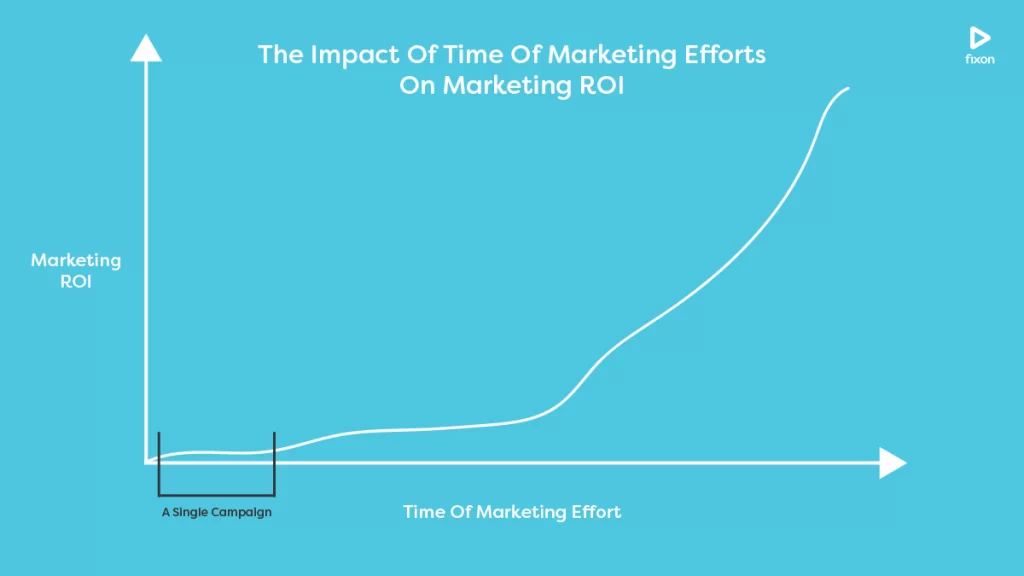How To Set Clear And Measurable Success Metrics For Your Video Marketing

Success in video marketing requires more than just creativity—it demands precise metrics that allow your marketing team to measure impact, evaluate ROI, and make informed decisions for future campaigns.
For CMOs and marketing managers handling large-scale video strategies, setting clear and measurable KPIs (Key Performance Indicators) can be the difference between guessing and knowing what works.
But how do you define what success looks like in video marketing?
Why Setting KPIs Is Essential for Video Marketing
Video marketing, like any marketing strategy, needs to be guided by clear objectives.
KPIs act as benchmarks to assess whether your campaigns are achieving the intended goals. Without measurable metrics, it’s impossible to know if your investment in video marketing is delivering value.
KPIs also help align your marketing team and other stakeholders, ensuring that everyone is working towards the same objectives.
For example, if your goal is to boost brand awareness, metrics like video views and reach may be more relevant.
Alternatively, if conversions are your primary objective, then metrics like click-through rates (CTR) and conversion rates will take centre stage.
In short, KPIs provide clarity, focus, and accountability for your video marketing campaigns.
The Best KPIs To Measure Video Marketing Success
The success of your video marketing efforts depends on selecting the right KPIs for your specific goals.
Not all metrics are created equal, so choosing the right ones will allow your team to accurately assess performance. Below are some of the most relevant KPIs for large-scale companies to track:
Video Views
This metric measures the number of times your video was watched. While views alone don’t provide deep insights, they are useful for gauging initial interest, particularly for brand awareness campaigns.
Engagement Rate
Engagement rate includes likes, comments, shares, and the amount of time people spend watching your video. A high engagement rate typically signifies that your content resonates with your target audience.
Click Through Rate
CTR measures how many viewers clicked on a link in your video to visit your website or landing page. This is crucial for campaigns aimed at driving traffic and generating leads.
Conversion Rate
Ultimately, conversions—whether it’s form submissions, sign-ups, or purchases—are the KPIs that matter most for campaigns designed to drive revenue. Measuring this allows you to directly assess the ROI of your video marketing efforts.
Cost Per View (CPV) & Cost Per Acquisition (CPA)
For companies with significant advertising budgets, knowing your CPV and CPA is essential for evaluating the efficiency of your ad spend. These KPIs help you understand the cost of reaching a viewer and acquiring a customer.
How To Be Realistic But Ambitious
When setting KPIs, it’s important to strike a balance between being realistic and ambitious.
Setting overly ambitious targets can lead to frustration and disengagement among your team, whereas setting the bar too low won’t drive meaningful growth.
A good starting point is to analyse historical performance and industry benchmarks. From there, set incremental goals that push your team to innovate, without being out of reach. Remember, video marketing is a long-term strategy—results accumulate over time.
For example, if your average CTR is 2%, setting a goal of 2.5% in the next quarter is both realistic and challenging. However, aiming for 10% CTR may be too ambitious, setting your team up for failure.

Video Success Requires More Than One Campaign
One of the biggest mistakes marketers make is evaluating the success of their video marketing based on a single campaign.
This narrow approach overlooks the cumulative effect of consistent, strategic video content over time.
In the context of a multi-video marketing campaign, the goal should be to look at long-term performance trends rather than the results of isolated efforts.
A single video might not convert at a high rate, but when viewed as part of a broader campaign, it could be the critical piece that nurtures leads and builds brand awareness over time.
Success in video marketing should always be viewed as a marathon, not a sprint.
Keeping Your Metrics Agile
Finally, remember that video marketing metrics should be dynamic. As market conditions, audience preferences, and platform algorithms evolve, so too should your KPIs.
Regularly review your metrics, assess what’s working, and be prepared to pivot your strategy when needed.
Set Your Campaigns Up For Success
Measuring video marketing success doesn’t have to be complicated, but it does need to be intentional. By setting clear KPIs, tracking the right metrics, and viewing success over the long term, your team can drive greater returns from your video marketing investment.
To discuss how our Melbourne-based video production company can help you set and meet your video marketing success metrics, get in touch with us today.
